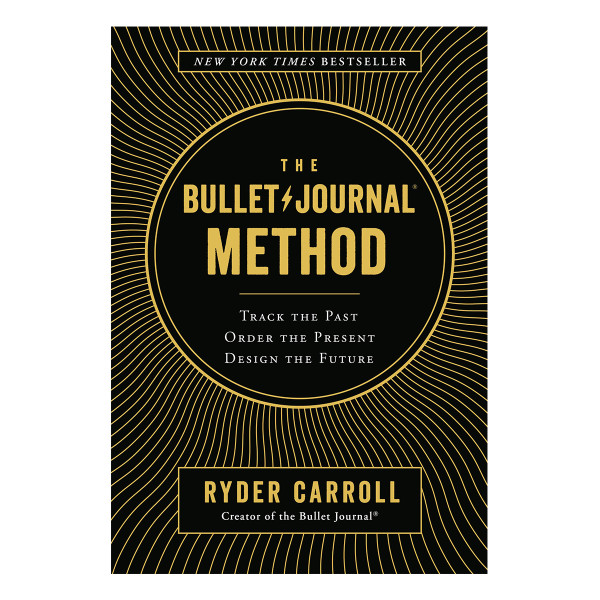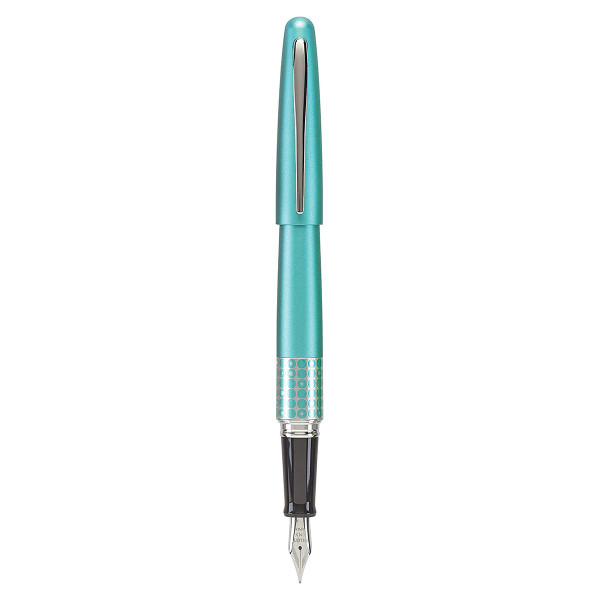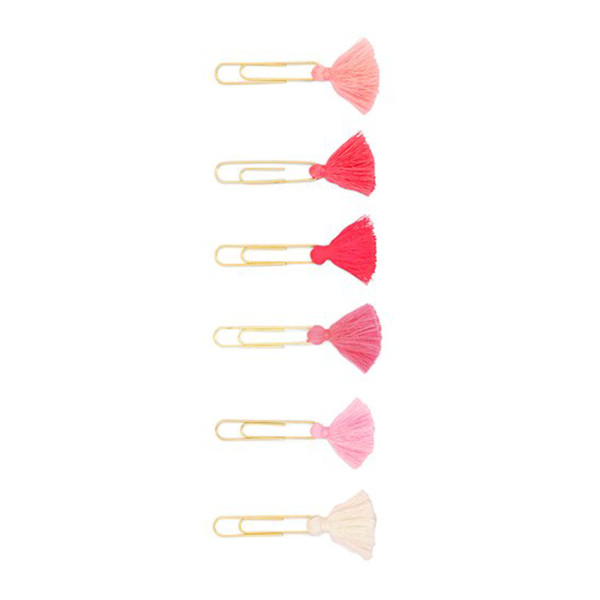
I’ve always been an ardent to-do list maker. If I don’t start my day by jotting down a list of things that need to get done (usually in a stream-of-consciousness purge), I feel unfocused and overwhelmed. When it comes to my daily tasks, there’s just something about putting pen to paper that calms my mind. Also: I relish the moments when I can cross things of said list. Sometimes it’s just the energy boost I need when motivation is lacking (and the caffeine has worn off). It’s no surprise then that as soon as bullet journaling posts started entering my Instagram feed, I was immediately drawn to them. (Instagram loves bullet journaling. Follow the hashtag and see for yourself.) The images looked like my to-do lists, except prettier, more organized, and a heck of a lot more fleshed-out. Created by NYC digital production designer Ryder Carroll, the bullet journal methodology is a planner system that allows you to “track the past, order the present, and design the future.” Described as “a mindfulness practice disguised as a productivity system,” bullet journals are like to-do lists that have been injected with a heaping dose of Zen.
While bullet journals all look different (that’s the beauty of them—you can customize any notebook to fit your life, and in very artful ways), there are some basic elements that make a bullet journal a bullet journal. First, and perhaps most important, is an index that you update as you go. This is where you’ll list all the entries in your journal with corresponding page numbers. For example, “Books to Read,” could be on pages 14, 37, and 85. “Plant-based Recipes” and “Ex-boyfriends to Reconsider” can show up anywhere in between. You can still jot down things as freely as you would with any journal, but with page numbers and an index, there’s no searching endlessly for those notes weeks later. Then there’s a Future Log (a page for all future appointments, etc), a Monthly Log (a month-at-a-glance that can be designed however you want), and a Daily Log (your to-do list of stuff that needs to get done, people you need to call, and appointments you have that day). All of these sections, including the Index, are considered the four core Collections of the bullet journal.
The goal of bullet journaling is to help us be more productive, but less busy. It forces us to slow down, look at how we’re spending our time, and weed out the noise. It’s a process that helps us see the DNA in our individual tasks. Which ones are making our lives chaotic versus adding meaning?
As I’ve graduated from mundane to-do lists to more expansive bullet journaling, I’ve felt less forgetful and more in tune with what kind of tasks are important. There’s a meditative quality to my organization now that was absent when I was messily, carelessly, and—let’s be honest—quite frantically making lists in an attempt to find some semblance of control over the vicissitudes of life. Will I stay disciplined enough to continue the process? According to my bullet journal’s “Goals” page, yes. According to real life, only time will tell.




